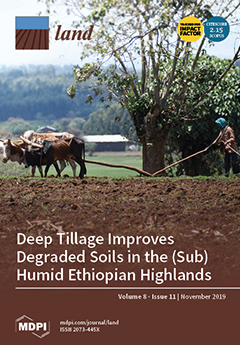Resource information
With the rapid development of urbanization and industrialization, land exploitation in China has caused a decrease of cultivated land, posing a threat to national food security. To achieve the goals of both economic development and cultivated land protection, China launched an urban–rural land replacement measure supported by a new land use policy of “increasing vs. decreasing balance” of construction land between urban and rural areas in 2008. Setting China’s urban and rural land use policies in a historical context and urban–rural sustainable development, this paper discusses four practices in Jiangsu Province, Tianjin Municipality, Shandong Province, and Chongqing Municipality. These practices achieved success in impelling agricultural modernization development, improving rural infrastructure and living circumstances, releasing the potential of rural land resources, and increasing cultivated land and urban construction land in the past decade. However, in some practices, problems, and even some conflicts, exist in the protection of farmers’ rights and interests. These challenges are discussed in the context of implementation. In order to better implement urban–rural construction land replacement and achieve better results, the authors argue that farmers’ rights and interests must always be put first and their wishes should be respected more, a consolidated urban–rural land market and a better land market mechanism should be founded, the supply of public goods and services for villagers should be further improved, and supervision and evaluation mechanisms should be further strengthened.


